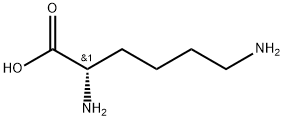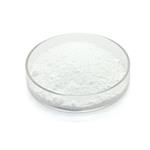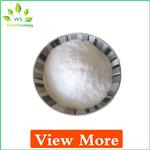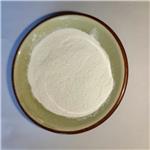Chemical Properties
white powder
Uses
Recommended as a cell culture substratum when using 0.5 ml of a 0.1 mg/ml solution to coat 25 cm
2. Optimal conditions for attachment must be determined for each cell line and application.
Uses
- Poly-L-lysine coated glass coverslips have been used for mounting samples for scanning electron microscopy.
- Poly-L-lysine coated wells were used for trapping of PC-12 cells on electrodes.
- Poly-L-lysine-coated borosilicate glass slides were used for the seeding of viral vector-transduced cells.
Uses
Poly-L-lysine polymers can be used in promoting cell adhesion to solid substrates, conjugation to methotrexate for increased drug transport, microencapsulation of islets, cell microencapsulation technology, microarray glass slide coating, and chromosomal preparations. It has also been used as a transfection agent for efficient labeling and to facilitate endocytosis. Lower molecular weight poly-L-lysine (30,000-70,000) is less viscuous in solution, but higher molecular weight versions provide more attachment sites per molecule.
Definition
ChEBI: The hydrobromide salt of poly(L-lysine).
General Description
Poly-L-lysine hydrobromide is a nonspecific attachment factor in promoting cell adhesion to the substratum.
Biochem/physiol Actions
Poly-L-lysine is a nonspecific attachment factor for cells useful in promoting cell adhesion to solid substrates by enhancing electrostatic interaction between negatively charged ions of the cell membrane and the culture surface. When it is absorbed to the cell culture surface, poly-L-lysine functions to increase the number of positively charged sites available for cell binding. With cells that can digest poly-L-lysine, poly-D-lysine should be used as the attachment factor.





